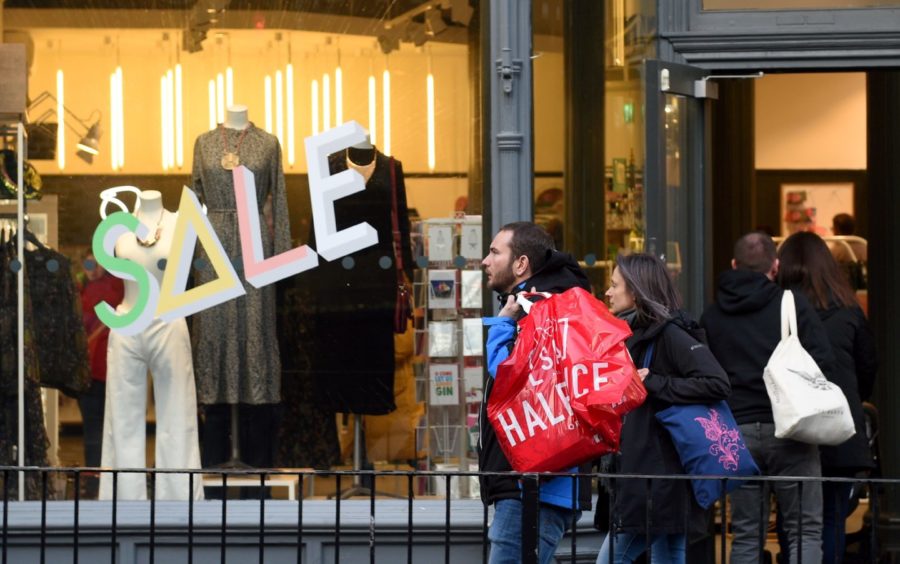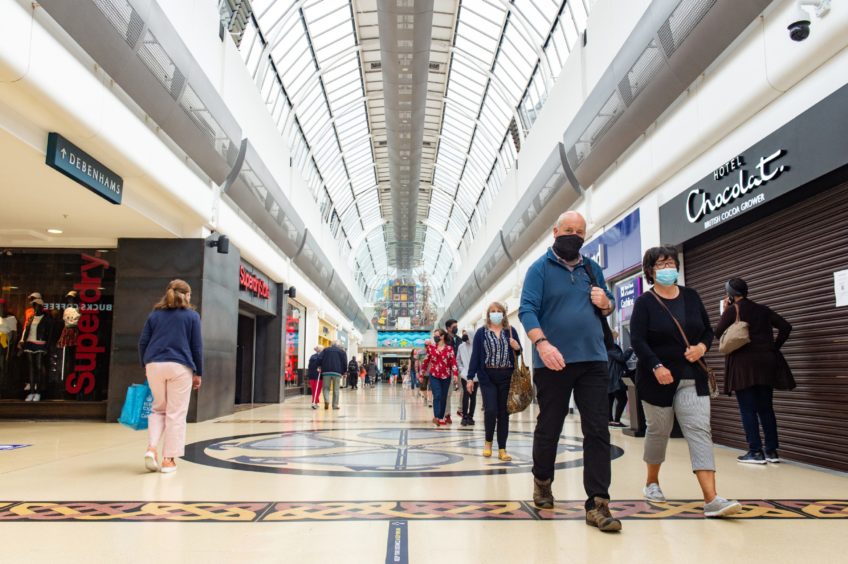It is unlikely 2020 or 2021 will be years many of us will forget and whilst Hogmanay and 2022 may seem a considerable distance away today, they will be upon us all before we know it.
The traditional first-footer is often seen as the bringer of good fortune and many of Scotland’s retailers eagerly away their own “first-foot” from customers when they open their doors at the start of every year, heralding the beginning of the January sales.
But this may be one tradition whose days are numbered, depending on the outcome of a Scottish Government consultation that is seeking views on a proposed ban on New Year’s Day trading for large retailers north of the border.
It should be the decision of retailers and their employees if they wish to trade on New Year’s Day.”
Large shops cannot open on December 25 under the Christmas and New Year’s Day (Trading) (Scotland) Act 2007.
While the Act does not currently limit shopping on New Year’s Day, it allows ministers to make an order to do this at a future date – which is now actively under consideration by the Scottish Government.
Members across the Scottish Chambers of Commerce network are rightly concerned about the potential introduction of further changes to legislation that would require businesses to close on New Year’s Day.
Many firms are still reeling from the impact of the pandemic and prolonged restrictions, across all sectors, which have severely reduced their ability to trade over the past 18 months.
This has been acutely felt in the retail sector, where struggling high streets and town centres have experienced a spate of closures and are struggling to encourage footfall back to sustainable levels due to the shift to online retail.
Although we have seen recent growth in the Scottish economy, this recovery is fragile and we are still a significant distance away from pre-pandemic levels.
Looking beyond the headlines, it is important to look at the facts behind the reality of trading and working on New Year’s Day for both businesses and employees.
Many retailers report an increase in demand for available hours on New Year’s Day, which demonstrates that staff see working on January 1 as an opportunity rather than a burden – and there is no evidence businesses struggle to open due to a lack of employee willingness.
It is an opportunity for businesses to secure essential post-Christmas sales, and for employees who can often earn higher pay or to take up employment as seasonal workers. This makes New Year’s Day trading desirable for various sectors of our workforce, including young people, students and those in part-time employment.
Retailers are also concerned the introduction of further regulations may allow for non-customer-facing work to continue. The impact here would be that businesses would continue to incur costs, with employees working in-store to replenish stock or undertake other essential duties, without being able to trade and offset operating costs through sales.
The hospitality and tourism sectors have long relied on Scotland’s legendary global appeal as one of the best places anywhere to welcome in the new year. While hotels, bars and restaurants would be able to continue to trade normally, large retailers and their customers would inexplicably be penalised by a New Year’s Day shopping ban.
Policymakers’ focus ‘should be on recovery’
Right now, the focus of the Scottish Government, and policymakers across the UK, should be on recovery and supporting a sustained return to growth by listening to the business community, supporting local economies, and allowing businesses to create jobs and opportunities in every part of Britain.
The introduction of a New Year’s Day shopping ban would be a backward step for Scotland’s economic development and recovery, while large retailers in other parts of the UK could keep trading. If introduced, it will be another competitive disadvantage at a time when business focus is on recovery, staying open, operating and protecting jobs.
Retail group says Holyrood may have to step in to boost shops around Scotland
Where there is customer demand and availability of staff, it should be the decision of retailers and their employees if they wish to trade on New Year’s Day.
If the Scottish Government is serious about a retail sector recovery, it needs to get four-square behind Scotland’s businesses and create a fair and equitable trading environment, while resisting pressure to impose damaging bans for businesses, employees and customers.
Liz Cameron is chief executive of the Scottish Chambers of Commerce.


